3D Animation Workshop: Lesson 36: Softimage--From Splines to NURBS
|
|
Lesson 36 - Softimage--From Splines to NURBS - Part 2
If we look at the Softimage Info panel for this curve, we might be surprised to discover that there are five points on this curve. In order to get a smooth curvature through the start and end points that we see, there are further control points called "phantom points." These are hidden by default, but we can ask to see them, and if we move them, the curvature is necessarily changed.
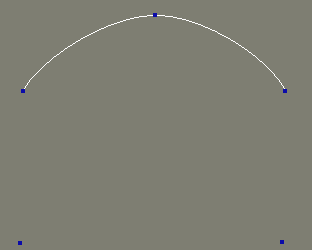
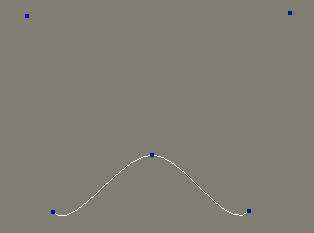
So this kind of curve seems very useful and easy to work with. Why do we need anything else? The main limitation with natural or cardinal splines appears when we try to edit. When we add additional points to the curve, its shape changes.
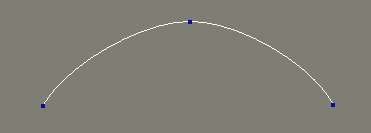
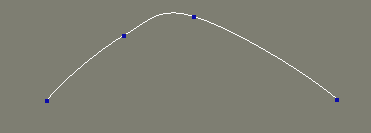
It can be very difficult to straighten things out again. Cardinal splines work best when there are very few control points with long, smooth curves in between. This makes them perfect for object or camera motion paths in animation, but tough for modeling where we need tight detail. The more points we add, the worse it gets. Here's a close up.
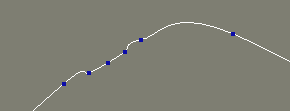
And it gets worse. If we try and move a point to edit our curve, the nearby segments deform in reflex action, creating obnoxious kinks.
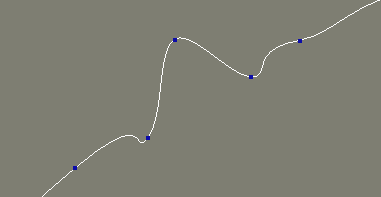
To get past these problems, we need a higher grade of curve. Bezier curves (with their tangent handles) are probably familiar to most people with any computer graphics experience at all. These provide a lot more control over local curvature. The following pictures will provide the basic idea.
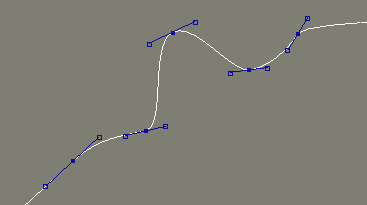
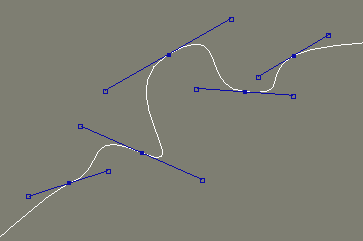
Bezier control helps a lot, but can be far too clumsy for practical modeling. When many points are close together, the tiny overlapping handles get very confusing. We need a way to simply grab single control points to get the result we want.
For reference, here's the cardinal spline example, with the funny twitches that resulted from moving only the single point in the middle.

If we convert the very same curve to a B-spline, the twitches disappear, and the curve bulges out only where the point was moved. This makes for much more organic modeling. The blue polyline (which is not part of the curve itself) is included here for visual reference because, unlike the splines we've considered thus far, the control points of B-splines do not interpolate the curve. They float above or below, like the strings of a marionette.
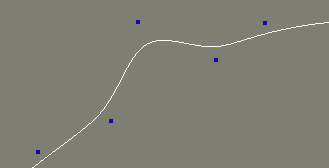
This is definitely an improvement, but NURBS can do even better.
| To Continue to Part 3, or Return to Part 1, Use Arrow Buttons |
|
Created: March 15, 1998
Revised: March 15, 1998
URL: https://webreference.com/3d/lesson36/part2.html


 Find a programming school near you
Find a programming school near you